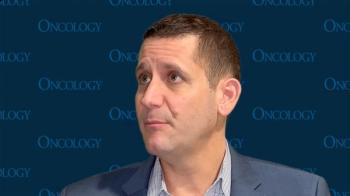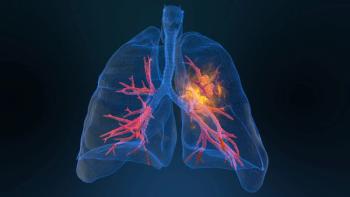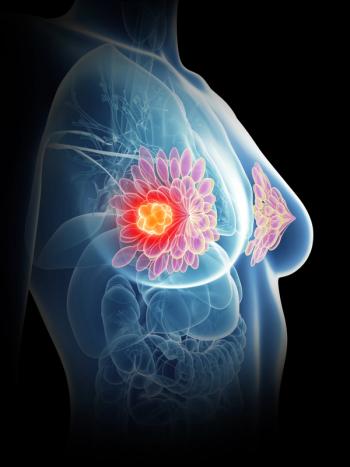
- Oncology Vol 30 No 4_Suppl_1
- Volume 30
- Issue 4_Suppl_1
(P007) Cardiac and Left Anterior Descending Artery Sparing for Left Whole-Breast Radiation Therapy in the Prone vs Supine Free Breathing and Deep Inspiration Breath-Hold Positioning: A Single-Institution Experience
Equal heart sparing can be achieved in left WBRT in either the prone or supine position with deep inspiration breath hold or free breathing when planning is individualized and driven by appropriate dose constraints.
Ashley Sekhon, MD, Dominic DiCostanzo, Karla Kuhn, Julia White, MD; Ohio State University
OBJECTIVE: The UK HeartSpare Study (stage IB) suggested that left whole-breast radiation therapy (WBRT) using a deep inspiration breath-hold (DIBH) technique provided superior heart and left anterior descending artery (LAD) sparing as compared with treatment in the prone position. In this retrospective investigation, we sought to confirm that individualized care based on a patient’s anatomy and predefined dosimetric constraints can result in equivalent cardiac sparing.
METHODS: Women diagnosed with early-stage invasive carcinoma or ductal carcinoma in situ (DCIS) of the left breast who received WBRT using supine positioning with the DIBH or free-breathing (FB) technique, vs prone positioning, between January 2014 and August 2015 were studied. A total of 20 left-sided supine cases were identified: 10 FB and 10 with DIBH. The last consecutive 20 left-sided prone cases treated prior to August 2015 were studied. The following cardiac constraints were utilized: mean heart dose < 4 Gy, V (≥ 25 Gy) < 5% , and max heart dose < 45 Gy. The LAD was contoured retrospectively on each planning CT scan. Mean doses delivered to the heart and LAD were extracted from the planning software. Patient body mass index (BMI) and breast planning target volumes (PTVs) were also recorded. Parameters were compared using the unpaired t-test.
RESULTS: Prescribed whole-breast doses ranged from 42.56–50 Gy; 75% of cases received a lumpectomy cavity boost of 10–14 Gy. Mean heart and LAD doses (Gy) for DIBH and prone treatments were 1.24 vs 1.05 (P = .17) and 7.57 vs 5.50 (P = .42), respectively. There was no statistically significant difference in these parameters when prone was compared with FB or when DIBH was compared with FB. Mean BMI and breast PTVs were similar between all groups.
CONCLUSION: Equal heart sparing can be achieved in left WBRT in either the prone or supine position with DIBH or FB when planning is individualized and driven by appropriate dose constraints.
Proceedings of the 98th Annual Meeting of the American Radium Society -
Articles in this issue
Newsletter
Stay up to date on recent advances in the multidisciplinary approach to cancer.

















































































